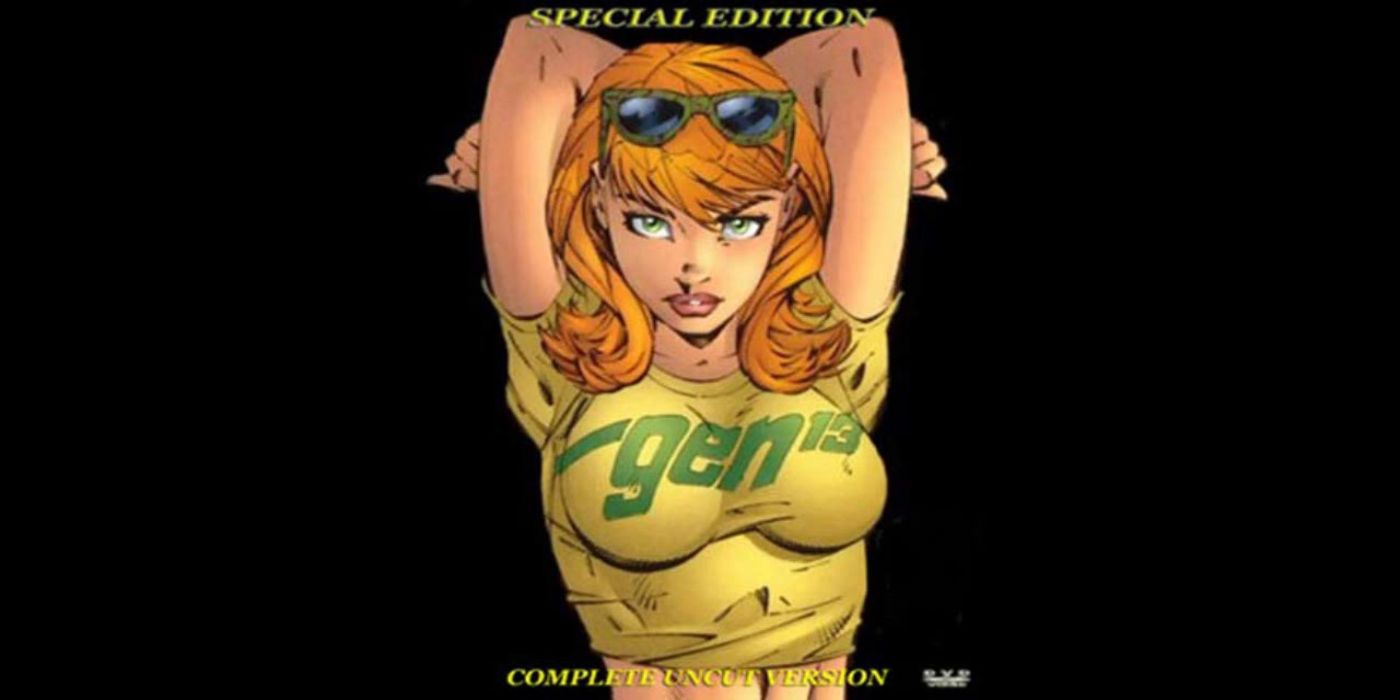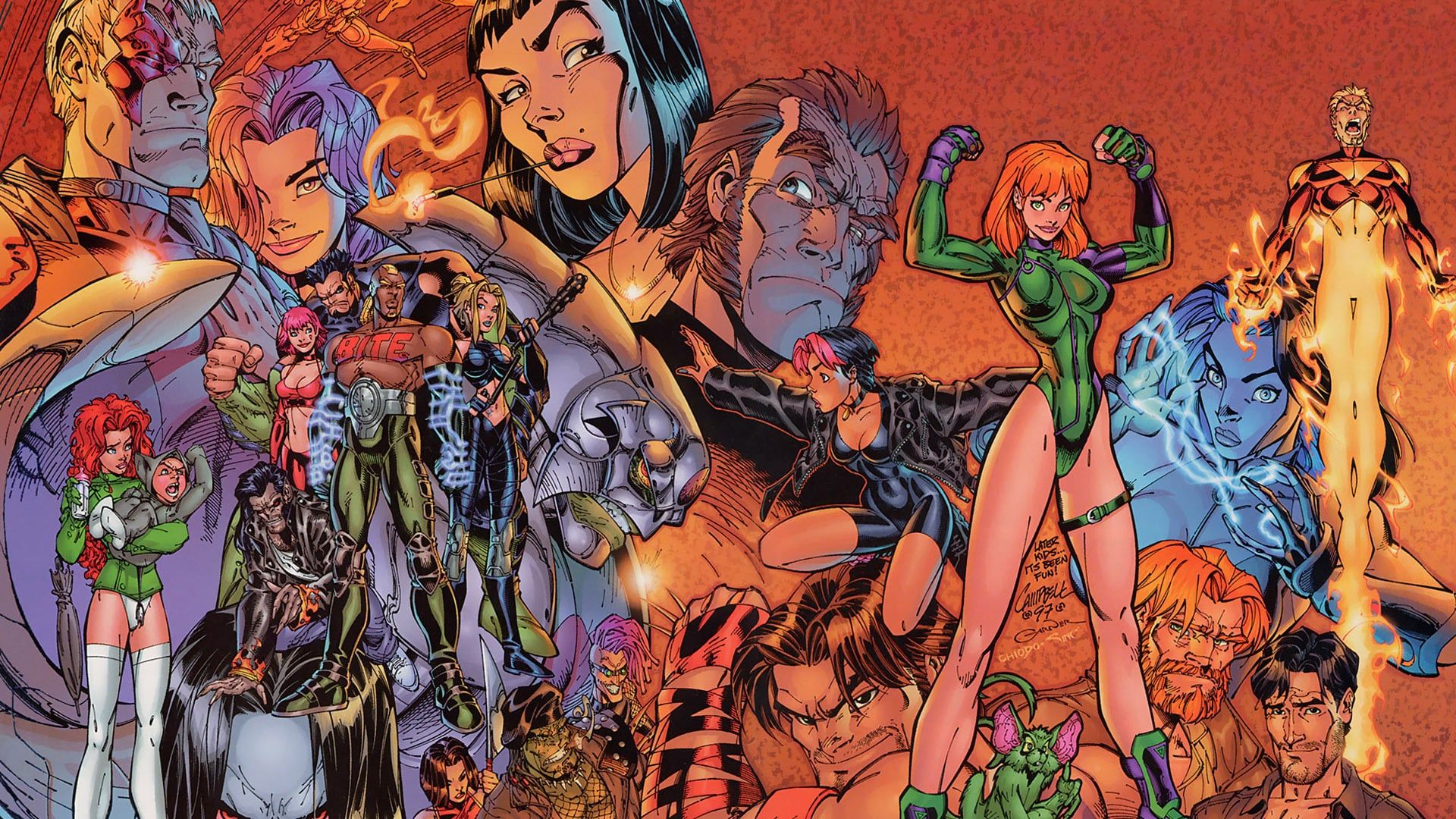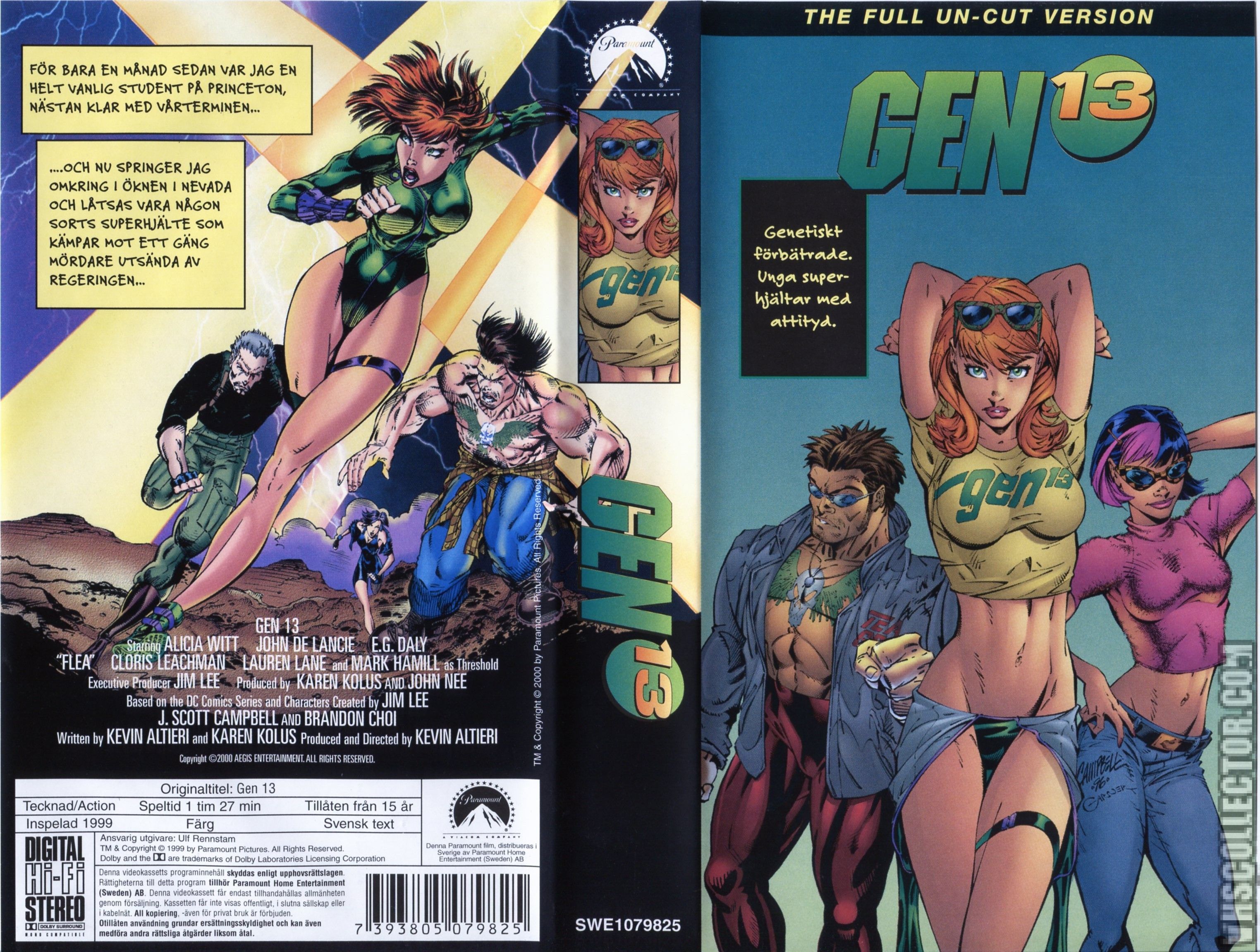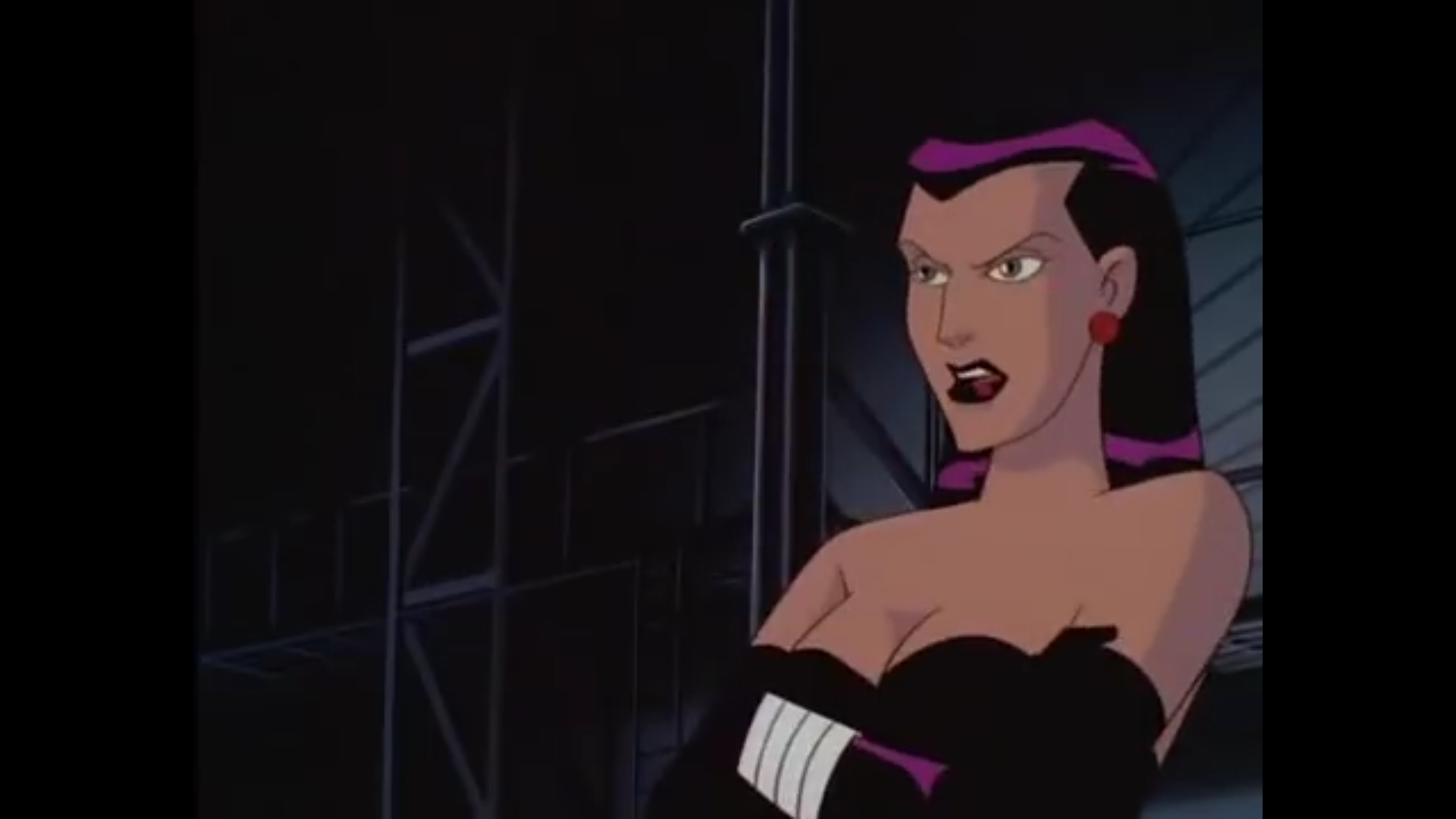The '90s saw numerous media adaptations for some of the newest and biggest comic book properties on the scene, such as Spawn, Savage Dragon, WildC.A.T.S. and The Maxx. Many of these intellectual properties featured edgy attempts at dark characters and storytelling, not to mention more risque art and character designs than would typically be featured in a Marvel or DC comic book.
No franchise embodied this more than Jim Lee's Gen13, a series through his company WildStorm Publications that essentially served as a vehicle for pin-up drawings. Gen13 was intended to join many of its contemporaries in making the jump from comics to the screens, but at the last minute, the plug was pulled. Let's take a look at what the Gen13 comic book was about, then dive into the planned movie and what kept it from seeing a wide release.
Ages 13 and Up
The original comic book series, created by Jim Lee, Brandon Choi, and J. Scott Campbell, was published by WildStorm Productions, first appearing in totality in the infamous '90s crossover Deathmate. Set within what would become the separate Wildstorm Universe, each member of the loosely defined group was a child of a member of Wildstorm's Team 7. Many of the comics from the early '90s Image Comics bubble were decidedly derivative of existing Marvel and DC characters, and Gen13 was no different. Like Jim Lee's other series, WildC.A.T.S., Gen13 borrowed thematic elements from Marvel's X-Men, which Lee had drawn before founding Image. The series was about a group of gifted "gen-active" teenagers who are invited to a facility that intends to test and experiment upon them. The teens include the powerhouse Caitlin Fairchild, pyrokinetic Bobby Lane, gravity controlling Freefall and the ever so '90s Grunge, who takes on the molecular effect of what he touches like Generation X's Mondo.
The title notably eschewed uniform superhero costumes, instead putting the characters in fairly plain clothes that were meant to reflect the trendy youth fashions of the time. This resulted in a book known for its attractive and sexually provocative artwork, representing '90s comic book cheesecake more than any other Image or Wildstorm book. There were numerous specials in which the female cast were drawn in swimsuits, with the plot of the teens being hunted down by a government organization typically being downplayed in favor of sexy art. Given this more than sensual premise and the subsequent lack of focus on actual storytelling, it's ironic that the series would be primed to become a feature-length animated film.
Gen13: The Movie
The Gen13 animated movie began production in the mid-1990s, just as the comic book bubble of the decade's beginning was starting to slow down. It followed the basic premise of the comic books, with a secret government organization attempting to control gen-active teens for their own devices. Members such as Fairchild, Grunge and Freefall were all there, though some of the other members were either excised or simply given brief cameos.
Detailing their first battle to escape from the dastardly International Operations, the film ends with the teens accepting the mentorship of John Lynch, who knew Fairchild's father. Directed by Kevin Altieri, who had previously worked on Batman: The Animated Series, the film's art style mirrored that show, as opposed to trying to lift the exploitative style of its comic book source material. Like BATS, it also involved the voice talent of Mark Hamill, as well as Alicia Witt, John de Lancie and even Flea of the Red Hot Chili Peppers. It also featured intense action scenes, portraying the heroes in their full might. Given the popularity of the comic, the talent involved, and the slightly more mainstream makeover, how come the movie never made it to the big screen?
The Cutting Room Floor
When the film was first being optioned, Disney had actually shown interest in the property, in spite of how much it didn't align with their typical fare. During the movie's production, however, Jim Lee sold Wildstorm to DC Comics. Not wanting to promote something now owned by rival studio Time Warner, distributor and financial backer Disney shelved the movie. It would, however, see an official release in Russia, Australia and South America, as Paramount owned the distribution rights outside of the United States. These limited releases were on video, giving the film a sort of bootleg cult status. It was also screened at the Wizard World Chicago convention in 1998, distributed in this case by Buena Vista.
Outside of the obvious competition, it's understandable why Disney decided against a wide release with their involvement. It lacked the polish of their own productions, and was substantially darker and edgier, with adult language, violence, and varying states of undress. Sadly, this was possibly the team's biggest shot at mainstream success, and as the wave of artist driver '90s titles crashed, so too did Gen13. The character's most notable modern appearances were in the New 52, showing up in Superboy, as well as The Ravagers. Though they may appear eventually in Warren Ellis' reboot of the Wildstorm Universe, it's doubtful that Gen13 will ever get a second chance to hit theaters.




